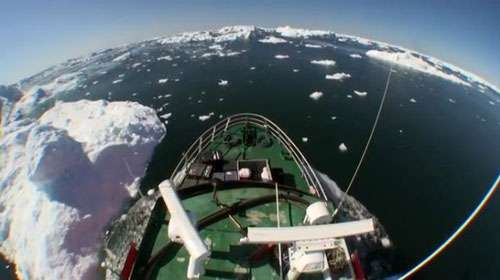Changes in Greenland landscape affect carbon balance sheet

Warming temperatures in the Arctic are changing the tundra from a landscape dominated by grasses to one increasingly dominated by woody shrubs. In addition to affecting the habitat of local wildlife such as caribou and musk oxen, these changes are also altering the carbon exchange between the plants and the atmosphere.
A better understanding of these changes and interactions may help to refine scientific predictions of how the Arctic will respond to future climate change.
This project comprises a four-year, passive warming experiment of low-Arctic tundra vegetation at a long-term study site in Greenland, whose primary aim is to measure the response of plant roots to warming and the role of this response in ecosystem carbon exchange.
Phenology, the study of the annual timing and progression of events such as above-ground plant growth, is an important component of the ecology of climate change and has been widely studied, but below-ground ecology remains largely unexplored.
This study will estimate and compare above- and below-ground responses of plant phenology to warming and their respective contributions to ecosystem function, specifically the exchange of carbon between the atmosphere and tundra. The study also hopes to determine which plant types— shrubs or grasses—show a greater below-ground response to warming and contribution to ecosystem carbon exchange.
Provided by National Science Foundation




















